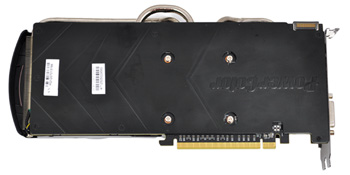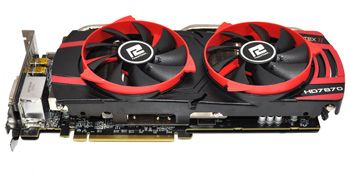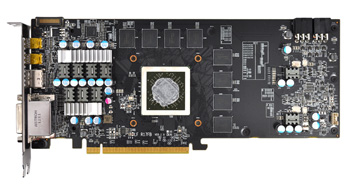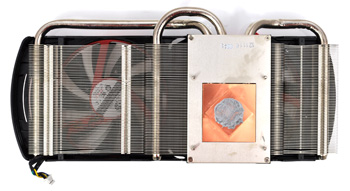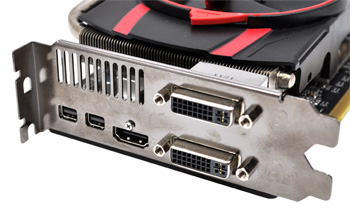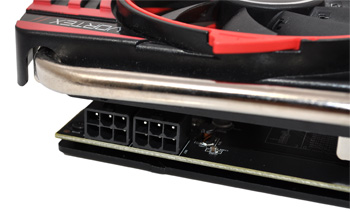Introduction
It's interesting to watch a graphics card evolve over time. Take, for example, AMD's Radeon HD 7870. Launched back in March with a price tag of around £250, the eagerly-anticipated card struggled to live up to expectations - it felt pricey compared to previous-generation solutions, and the performance on offer was more of a hop than a leap.
Back then, we felt that two things had to happen to make the Radeon HD 7870 feel more compelling; a current-generation competitor was needed to spark a price war, and driver updates or game optimisations were required to make the most of the cutting-edge, 28nm GCN architecture.
Both have since materialised. NVIDIA has provided a worthy adversary in the form of the GeForce GTX 670 - and, more importantly, the soon-to-launch GeForce GTX 660 Ti - while performance-enhancing driver updates have been plentiful.
These developments suggest that now is a good time to revisit AMD's mid-range solution, and to do so we're taking a look at one of the most eye-catching variants on the market, PowerColor's Radeon HD 7870 Vortex II.
Taking AMD's reference design and moving things up a notch or two, PowerColor's card makes use of the company's patented 'Vortex II' cooling technology. Comprised of two adjustable and perforated fans, it vows to optimise airflow for "no-compromise cooling" and a "silent gaming environment."
PowerColor's marketing department may be overreaching with the 'silent' description, but this much is clear; the HD 7870 Vortex II should offer cooler-than-reference temperatures and relatively-quiet operation.
Aesthetically, the card look impressive - black and red is always a good combination for a Radeon - and the backplate that covers the entire length of the PCB is a nice touch.
What makes PowerColor's fans unique is the fact that their position can be manually adjusted by the user. With a tug and a twist, each 92mm fan can be raised to purportedly optimise air flow, though what's arguably more useful is the fact that the fans can be pulled out with ease - making them easy to clean and maintain.
Such an elaborate design usually carries a hefty premium, but PowerColor's choosing to remain ultra-competitive. At the time of writing the Vortex II is priced at £230, which is just £20 more than a reference card.
The price seems right and PowerColor offers more than just a meaty cooler. Underneath the dual-fan shroud, the card features a smart-looking black PCB with factory-overclocked components. Seeing as the HD 7870 is known to have a good amount of overclocking headroom, PowerColor has seen fit to bump up the core from the default 1,000MHz to a smooth 1,150MHz, and the 2GB GDDR5 frame buffer is nudged to an effective 5,000MHz - representing a 200MHz increase over reference.
But that doesn't necessarily mean that the 7870 'Pitcairn XT' core is running flat out. Suggesting that the card can and will run even faster, PowerColor has imbued the Vortex II with a 'Platinum Power Kit' that consists of an improved power design, a digital PWM and high-quality capacitors.
We'll see how those improvements affect overclocking a little later in the review, but we suspect it's the cooler that will most impress. Underneath those two adjustable fans, PowerColor has included three 8mm-thick heatpipes, a large copper contact plate and a card-encompassing array of aluminium fins.
This is very much a custom card, so it's no surprise to see PowerColor mixing up the outputs, too. In addition to the 7870's standard selection of dual-link DVI, HDMI and two mini DisplayPorts, the Vortex II edition also provides a single-link DVI connector.
The configuration makes it easy to attach multiple displays in Eyefinity mode, but users should note that AMD's internal layout is such that a third monitor (or any additional) must be connected via DisplayPort. Board power, meanwhile, continues to be sourced through two upward-facing six-pin PCIe connectors.
The question that's most probably on the tip of your tongues is how does a beefed-up 7870 such as this compare to the GeForce GTX 660 Ti? We'll have those answers as soon as NVIDIA's card launches, but for now, let's find out exactly what PowerColor's £230 solution has to offer.







